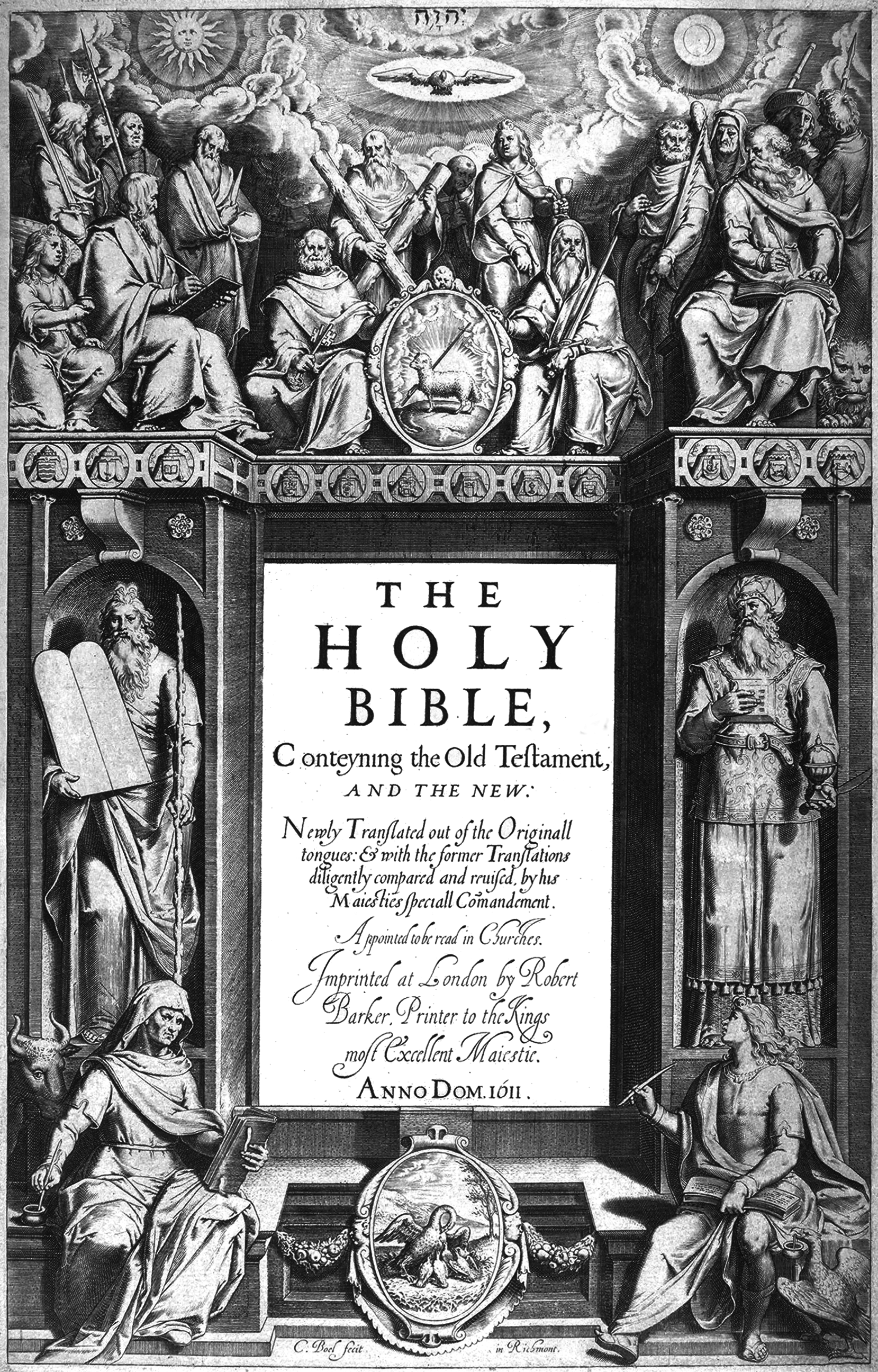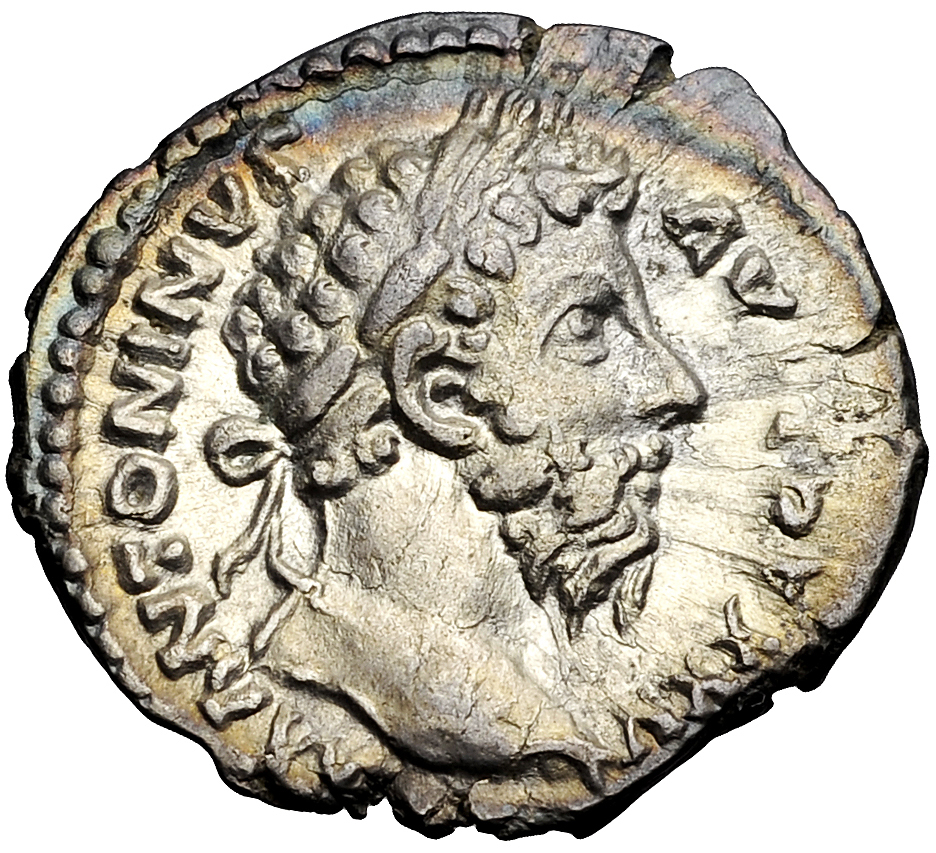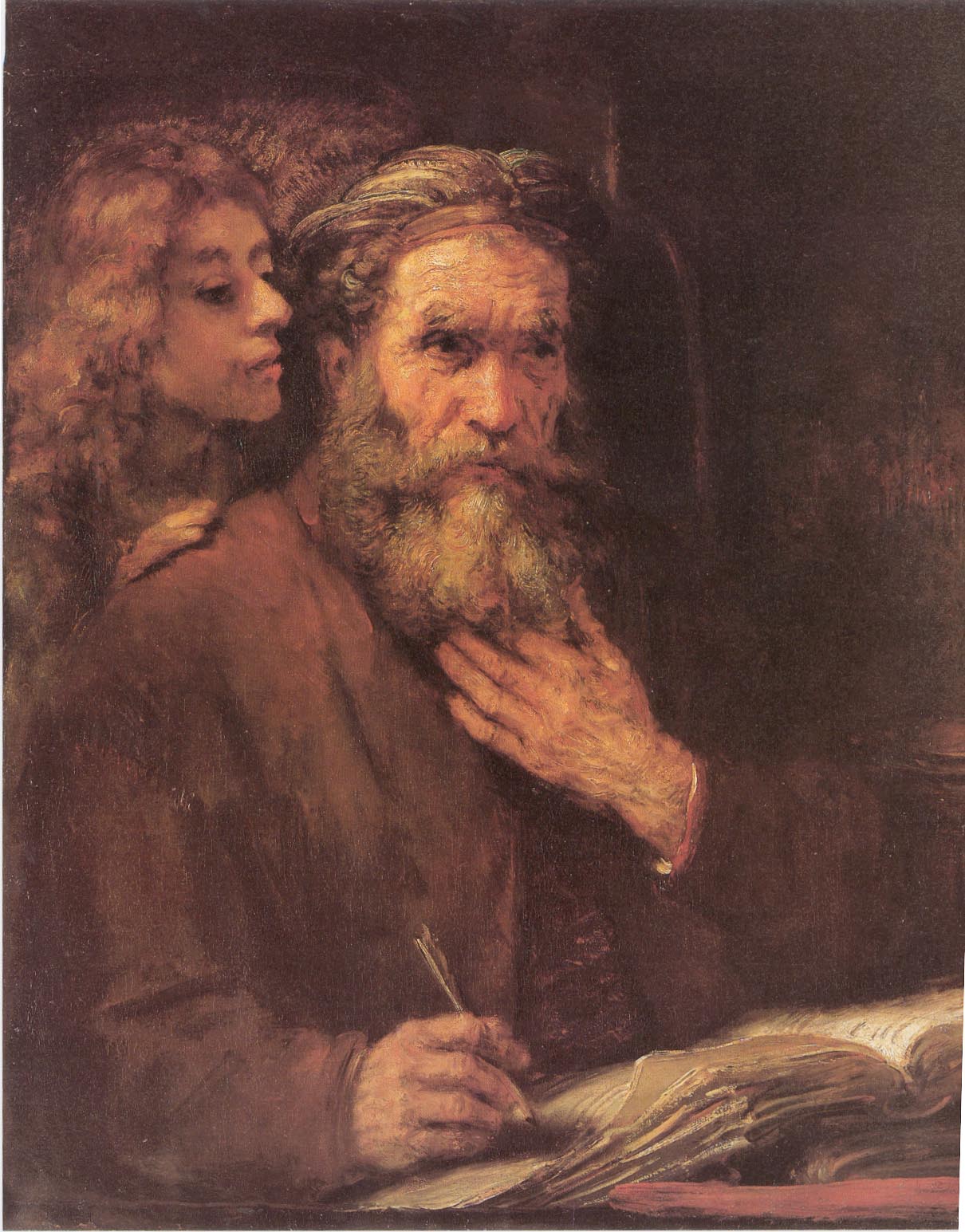|
Quadrans
The quadrans (literally meaning "a quarter") or teruncius ("three unciae") was a low-value Roman bronze coin worth one quarter of an as. The quadrans was issued from the beginning of cast bronze coins during the Roman Republic with three pellets representing three unciae as a mark of value. The obverse type, after some early variations, featured the bust of Hercules, while the reverse featured the prow of a galley. Coins with the same value were issued from other cities in Central Italy, using a cast process. After ca. 90 BC, when bronze coinage was reduced to the semuncial standard, the quadrans became the lowest-valued coin in production. Surviving 'quadrans' from this period (though that name is not shown on the coins) typically have weights between 1.5 grams and 4 grams, perhaps depending in part on the alloy or metals contained. It was produced sporadically until the time of Antoninus Pius (AD 138–161). Unlike other coins during the Roman Empire, the quadrans rare ... [...More Info...] [...Related Items...] OR: [Wikipedia] [Google] [Baidu] |
As (Roman Coin)
The ' (plural '), occasionally ''assarius'' (plural ''assarii'', rendered into Greek as , ''assárion'') was a bronze, and later copper, coin used during the Roman Republic and Roman Empire. Republican era coinage The Romans replaced the usage of Greek coins, first by bronze ingots, then by disks known as the aes rude. The system thus named ''as'' was introduced in ca. 280 BC as a large cast bronze coin during the Roman Republic. The following fractions of the were also produced: the (), (), (), (), (), (), (, also a common weight unit), and (), as well as multiples of the ''as'', the (2), (2), and (3) After the ''as'' had been issued as a cast coin for about seventy years, and its weight had been reduced in several stages, a ''as'' was introduced (meaning that it weighed one-sixth of a pound). At about the same time a silver coin, the denarius, was also introduced. Earlier Roman silver coins had been struck on the Greek weight standards that facilitated thei ... [...More Info...] [...Related Items...] OR: [Wikipedia] [Google] [Baidu] |
Semis
The semis, literally meaning half, was a small Roman bronze coin that was valued at half an as. During the Roman Republic, the semis was distinguished by an 'S' (indicating semis) or 6 dots (indicating a theoretical weight of 6 uncia). Some of the coins featured a bust of Saturn on the obverse, and the prow of a ship on the reverse. Initially a cast coin, like the rest of Roman Republican bronzes, it began to be struck from dies shortly before the Second Punic War 218-201 BC. Following the Augustan Coinage reforms of 23 BC the Semis became the smallest Orichalcum (brass) denomination, having twice the value of a copper Quadrans and Half the value of the copper As. Its size and diameter corresponded directly to the quadrans, so its value was attained from brass having double the value of copper. The coin was issued infrequently and it ceased to be issued by the time of Hadrian 117-138 AD. In the early Imperial period, a Semis could buy a Cerae (wax writing tablet). See al ... [...More Info...] [...Related Items...] OR: [Wikipedia] [Google] [Baidu] |
Lesson Of The Widow's Mite
The lesson of the widow's mite or the widow's offering is presented in the Synoptic Gospels (, ), in which Jesus is teaching at the Temple in Jerusalem. The Gospel of Mark specifies that two ''mites'' (Greek ''lepta'') are together worth a ''quadrans'', the smallest Roman coin. A ''lepton'' was the smallest and least valuable coin in circulation in Judea, worth about six minutes of an average daily wage.. ''New English Translation.'' Biblical narrative "He sat down opposite the treasury and observed how the crowd put money into the treasury. Many rich people put in large sums. A poor widow also came and put in two small coins worth a few cents. Calling his disciples to himself, he said to them, 'Amen, I say to you, this poor widow put in more than all the other contributors to the treasury. For they have all contributed from their surplus wealth, but she, from her poverty, has contributed all she had, her whole livelihood. Commentary The traditional interpretation of this stor ... [...More Info...] [...Related Items...] OR: [Wikipedia] [Google] [Baidu] |
Farthing (British Coin)
The British farthing (from Old English fēorðing, from fēorða, a fourth) abbreviated ''qua.'' (L. '' quadrans''), was a denomination of sterling coinage worth of one pound, of one shilling, or of one penny; initially minted in copper and then in bronze, which replaced the earlier English farthings. Before Decimal Day in 1971, Britain used the Carolingian monetary system, wherein the largest unit was a pound sterling of 20 shillings, each of 12 pence. Each penny was divided into 4 farthings, thus, a pound sterling contained 960 farthings, and a shilling contained 48 farthings. From 1860 to 1971, the purchasing power of a farthing ranged between 12p and 0.2p in 2017 values. The farthing coin was legal tender during the reigns of eleven British monarchs: George I, George II, and George III, George IV, William IV, and Victoria, Edward VII and George V, Edward VIII, George VI, and Elizabeth II. In Britain and Northern Ireland the farthing coin ceased to be legal ten ... [...More Info...] [...Related Items...] OR: [Wikipedia] [Google] [Baidu] |
Aes Grave Quadrans2
AES may refer to: Businesses and organizations Companies * AES Corporation, an American electricity company * AES Data, former owner of Daisy Systems Holland * AES Eletropaulo, a former Brazilian electricity company * AES Andes, formerly AES Gener, a Chilean electricity company * AES Hawaii, an American electricity company * American Education Services, part of the Pennsylvania Higher Education Assistance Agency * Asian Educational Services, an Indian publisher Schools * Academy of Environmental Science, in Crystal River, Florida, U.S. * AES Algiers, in Algeria * AES Bhausaheb Firodiya High School, in Ahmednagar, India subsidiary in São Paulo, Brazil subsidiary in Chile * American Embassy School, in New Delhi, India * Ascension Episcopal School, in Louisiana, U.S. * Assumption English School, in Bukit Panjang, Singapore Other organizations * AES Group, now AES+F, a Russian artist collective * Amateur Entomologists' Society, a British organisation * American Elasmobranch ... [...More Info...] [...Related Items...] OR: [Wikipedia] [Google] [Baidu] |
King James Version
The King James Version (KJV), also the King James Bible (KJB) and the Authorized Version, is an English translation of the Christian Bible for the Church of England, which was commissioned in 1604 and published in 1611, by sponsorship of King James VI and I. The 80 books of the King James Version include 39 books of the Old Testament, an intertestamental section containing 14 books of what Protestants consider the Apocrypha, and the 27 books of the New Testament. Noted for its "majesty of style", the King James Version has been described as one of the most important books in English culture and a driving force in the shaping of the English-speaking world. The KJV was first printed by John Norton and Robert Barker, who both held the post of the King's Printer, and was the third translation into English language approved by the English Church authorities: The first had been the Great Bible, commissioned in the reign of King Henry VIII (1535), and the second had been th ... [...More Info...] [...Related Items...] OR: [Wikipedia] [Google] [Baidu] |
Coins Of Ancient Rome
A coin is a small, flat (usually depending on the country or value), round piece of metal or plastic used primarily as a medium of exchange or legal tender. They are standardized in weight, and produced in large quantities at a mint in order to facilitate trade. They are most often issued by a government. Coins often have images, numerals, or text on them. ''Obverse'' and its opposite, ''reverse'', refer to the two flat faces of coins and medals. In this usage, ''obverse'' means the front face of the object and ''reverse'' means the back face. The obverse of a coin is commonly called ''heads'', because it often depicts the head of a prominent person, and the reverse ''tails''. Coins are usually made of metal or an alloy, or sometimes of man-made materials. They are usually disc shaped. Coins, made of valuable metal, are stored in large quantities as bullion coins. Other coins are used as money in everyday transactions, circulating alongside banknotes. Usually the highest va ... [...More Info...] [...Related Items...] OR: [Wikipedia] [Google] [Baidu] |
Roman Currency
Roman currency for most of Roman history consisted of gold, silver, bronze, orichalcum and copper coinage. From its introduction to the Republic, during the third century BC, well into Imperial times, Roman currency saw many changes in form, denomination, and composition. A persistent feature was the inflationary debasement and replacement of coins over the centuries. Notable examples of this followed the reforms of Diocletian. This trend continued into Byzantine times. Due to the economic power and longevity of the Roman state, Roman currency was widely used throughout western Eurasia and northern Africa from classical times into the Middle Ages. It served as a model for the currencies of the Muslim caliphates and the European states during the Middle Ages and the Modern Era. Roman currency names survive today in many countries, such as the Arabic dinar (from the ''denarius'' coin), the British pound, and the peso (both translations of the Roman '' libra''). Authority to ... [...More Info...] [...Related Items...] OR: [Wikipedia] [Google] [Baidu] |
Second Temple
The Second Temple (, , ), later known as Herod's Temple, was the reconstructed Temple in Jerusalem between and 70 CE. It replaced Solomon's Temple, which had been built at the same location in the United Kingdom of Israel before being inherited by the Kingdom of Judah in and then destroyed by the Neo-Babylonian Empire during the Babylonian siege of Jerusalem in . Construction on the Second Temple began some time after the Neo-Babylonian Empire was conquered by the Achaemenid Persian Empire; it followed a proclamation by Persian king Cyrus the Great (see Edict of Cyrus) that ended the Babylonian captivity and initiated the return to Zion. In Jewish history, the Second Temple's completion in Persian Judah marks the beginning of the Second Temple period. According to the Bible, the Second Temple was originally a relatively modest structure built by Jews who had returned from exile in Babylon under the authority of Persian-appointed governor Zerubbabel, the grandson of pen ... [...More Info...] [...Related Items...] OR: [Wikipedia] [Google] [Baidu] |
Greek Lepton
The ''lepton'', plural ''lepta'' ( el, λεπτόν, ), is the name of various fractional units of currency A currency, "in circulation", from la, currens, -entis, literally meaning "running" or "traversing" is a standardization of money in any form, in use or circulation as a medium of exchange, for example banknotes and coins. A more general ... used in the Greek language, Greek-speaking world from Classical antiquity, antiquity until today. The word means "small" or "thin", and during Classical Greece, Classical and Hellenistic times a ''lepton'' was always a small value coin, usually the smallest available denomination of another currency. The coin in the lesson of the widow's mite (, ) is referred to as a ''lepton'' and Gospel of Luke, Luke's Gospel also refers to the lepton or mite when stating that a person who does not make peace with his adversary in good time will be required to pay 'to the very last mite' before being released from prison. In the Hasmonean K ... [...More Info...] [...Related Items...] OR: [Wikipedia] [Google] [Baidu] |
Mark, Gospel Of
The Gospel of Mark), or simply Mark (which is also its most common form of abbreviation). is the second of the four canonical gospels and of the three synoptic Gospels. It tells of the ministry of Jesus from his baptism by John the Baptist to his death, burial, and the discovery of his empty tomb. There is no miraculous birth or doctrine of divine pre-existence, nor, in the original ending ( Mark 16:1–8), any post-resurrection appearances of Jesus. It portrays Jesus as a teacher, an exorcist, a healer, and a miracle worker. He refers to himself as the Son of Man. He is called the Son of God, but keeps his messianic nature secret; even his disciples fail to understand him. All this is in keeping with Christian interpretation of prophecy, which is believed to foretell the fate of the messiah as suffering servant. The gospel ends, in its original version, with the discovery of the empty tomb, a promise to meet again in Galilee, and an unheeded instruction to spread the good news ... [...More Info...] [...Related Items...] OR: [Wikipedia] [Google] [Baidu] |
New Testament
The New Testament grc, Ἡ Καινὴ Διαθήκη, transl. ; la, Novum Testamentum. (NT) is the second division of the Christian biblical canon. It discusses the teachings and person of Jesus, as well as events in first-century Christianity. The New Testament's background, the first division of the Christian Bible, is called the Old Testament, which is based primarily upon the Hebrew Bible; together they are regarded as sacred scripture by Christians. The New Testament is a collection of Christian texts originally written in the Koine Greek language, at different times by various authors. While the Old Testament canon varies somewhat between different Christian denominations, the 27-book canon of the New Testament has been almost universally recognized within Christianity since at least Late Antiquity. Thus, in almost all Christian traditions today, the New Testament consists of 27 books: * 4 canonical gospels ( Matthew, Mark, Luke, and John) * The Acts of the ... [...More Info...] [...Related Items...] OR: [Wikipedia] [Google] [Baidu] |
_-_James_Tissot.jpg)





.jpg)

